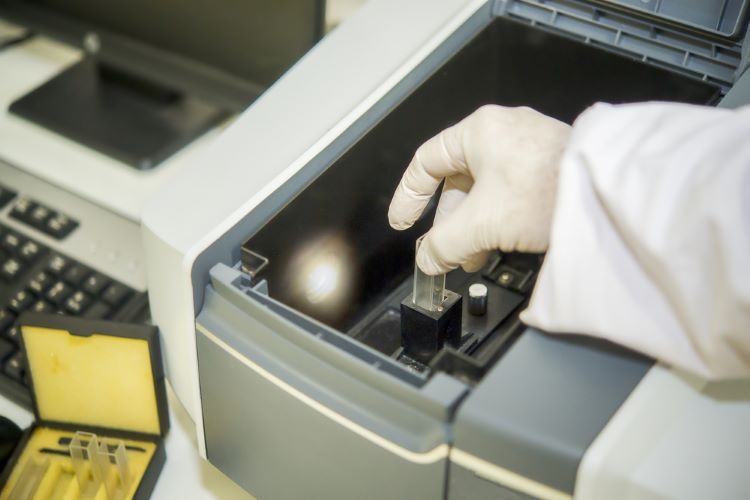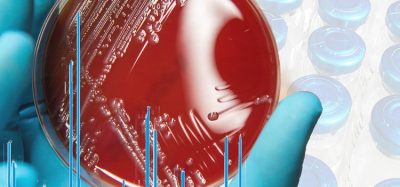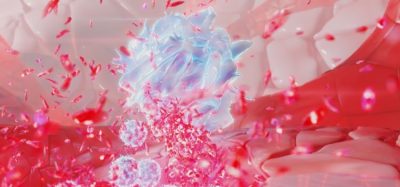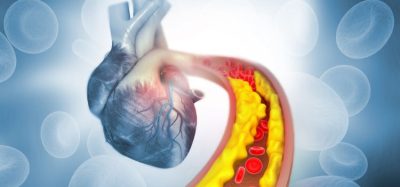Sustainable analytical approach devised for complex drug formulation
Posted: 29 November 2024 | Catherine Eckford (European Pharmaceutical Review) | No comments yet
The innovative method uses spectroscopy and could enhance pharmaceutical quality assurance in resource-limited settings, the study suggests.


A novel, environmentally-friendly method has been developed for simultaneous quantification a complex anti-migraine formulation using UV spectroscopy and chemometric models.
The paper highlighted that “sustainable, cost-effective, and environmentally conscious practices in pharmaceutical analysis has become a paramount imperative”.
The researchers continued to explain that while a novel fixed-dose anti-migraine formulation of ergotamine (ERG), propyphenazone (PRO), caffeine (CAF), camylofin (CAM), and mecloxamine (MEC) is on the market, it holds a “considerable analytical problem”, as well as being high cost and requiring harmful solvents, among other factors. Citing earlier research, Abbas et al. emphasised that “to date, only a single analytical method has been reported for this complex mixture.”
Analysis with chemometric models
Therefore, their study employed three chemometric models for concurrent eco-friendly determination of ERG, PRO, CAF, CAM, and MEC using UV–visible spectroscopy.
The researchers stated that they optimised the chosen chemometric models using “complete spectrum data of the five-component mixture”.
Of all the models evaluated, Multivariate Curve Resolution-Alternating Least Squares (MCR-ALS) performed best, exhibiting excellent performance, high accuracy, and good sensitivity for all components, Abbas et al. wrote.
Another benefit of the chemometric quantification method used for ERG, PRO, CAF, CAM, and MEC is that it did not require prior separation, according to the paper.
An environmentally sustainable approach
The method is an analytically powerful alternative to conventional chromatographic techniques… for quality control excellence in pharmaceutical analysis”
UV–visible spectrophotometry holds economic and sustainability benefits including being “cost-efficient [via using affordable UV instrumentation]…and producing minimal hazardous waste”.
The researchers summarised that “by harnessing the power of chemometrics, UV–visible spectroscopy is transformed into a practical green analytical tool, ideally suited for efficient and sustainable pharmaceutical quality control workflows”.
Overall, this method is an “analytically powerful alternative to conventional chromatographic techniques… for quality control excellence in pharmaceutical analysis”.
This paper was published in BMC Chemistry.
Related topics
Biopharmaceuticals, Chemometrics, Data Analysis, Formulation, Industry Insight, Multivariate data analytical techniques (MVA), QA/QC, Spectroscopy, Technology, Therapeutics
Related drugs
caffeine, camylofin, ergotamine, mecloxamine, propyphenazone









